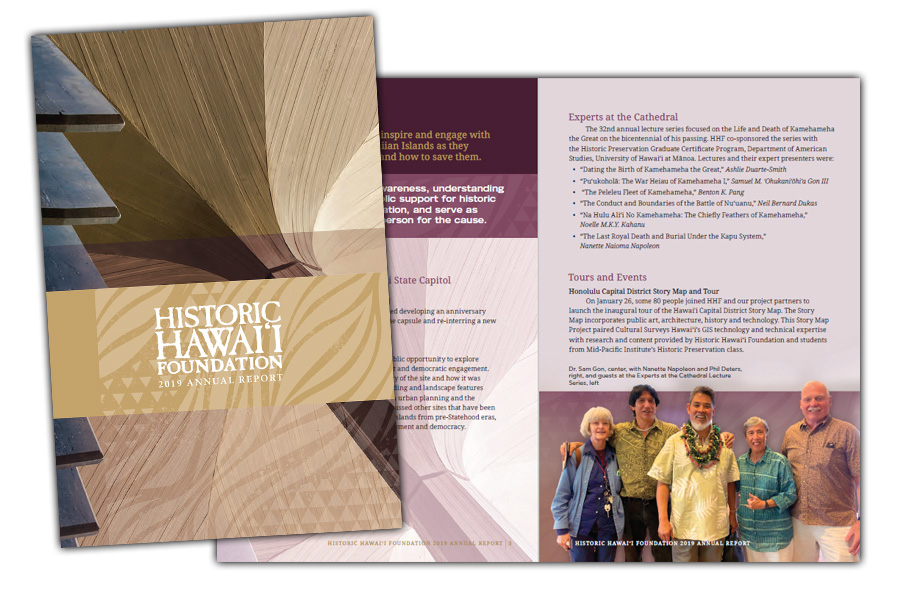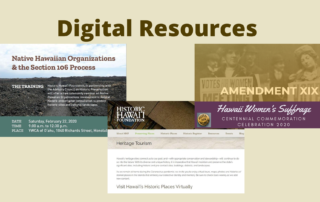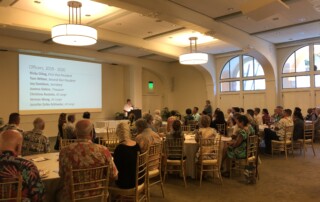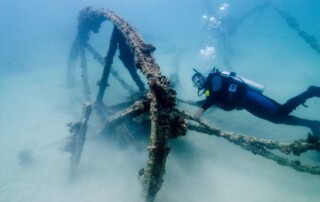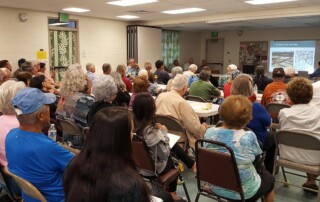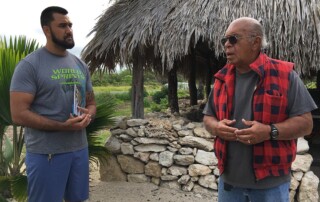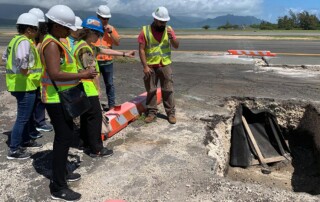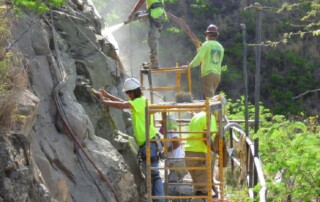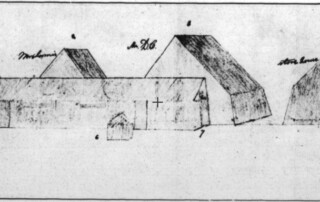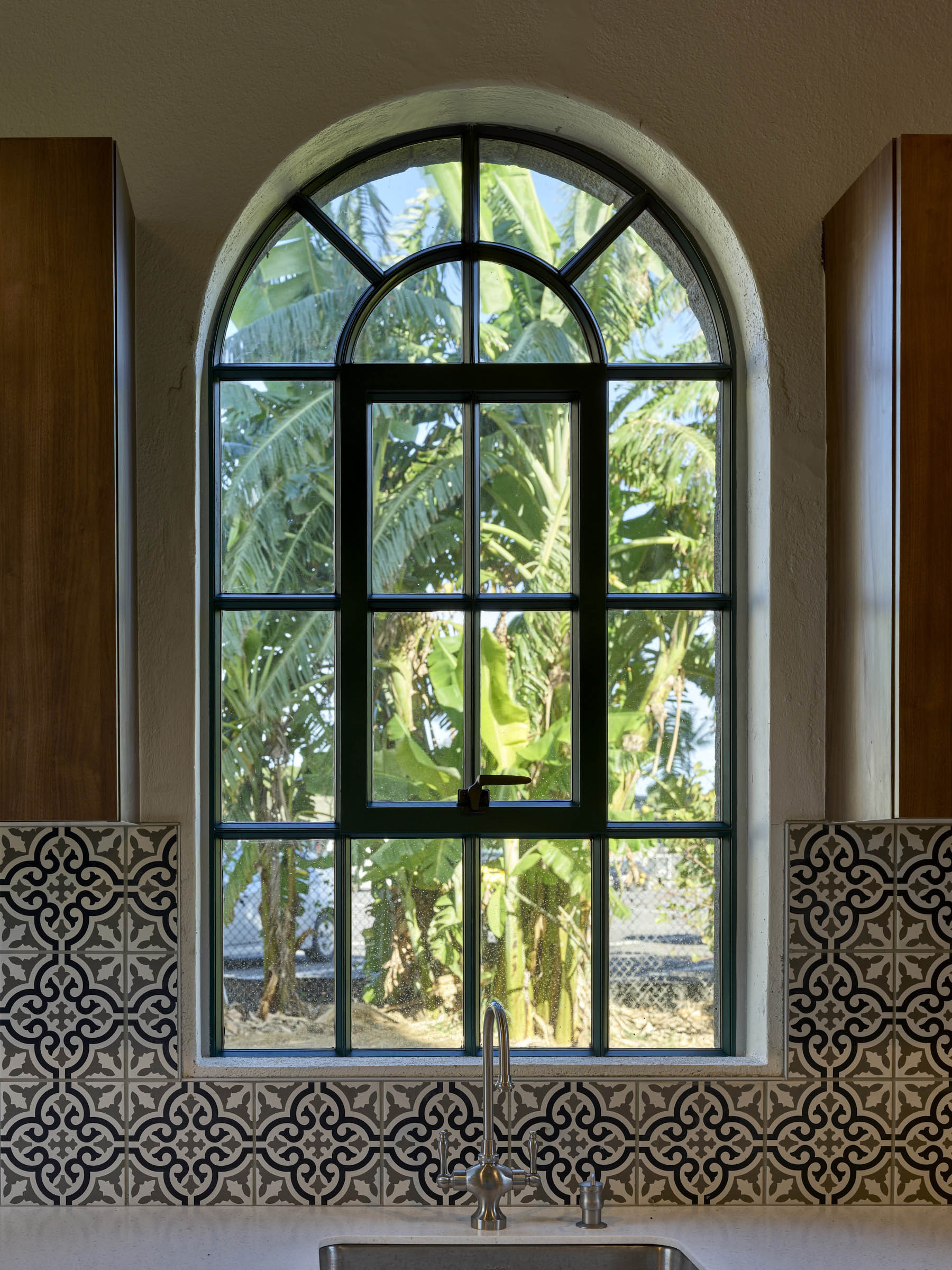See the Outcomes You Made Happen
The annual summary of activities and finances for 2019 is now available as a downloadable pdf. We're pleased to share the activities and community impact that is made possible with the support of our grant partners, members, sponsors and volunteers. Together, let's continue to preserve places that nurture and enrich us. "As I enter my sixth year of service on the Board of Trustees, I continue to find inspiration in the pledge of Historic Hawaiʻi Foundation’s mission statement, “To keep alive and intact for the enrichment of present and future generations the inherent beauty of the Hawaiian Islands and its unique historic role in the development of the Pacific Basin.” Historic Hawaiʻi Foundation has enhanced my awareness of the cultural and historical significance of many places in our islands that I previously took for granted or never noticed. More importantly, I now understand the need to protect and preserve these places so I may enjoy them with my children, and they with their children. Continuing this thread is essential to our heritage." - Ricky Ching, HHF President of the Board of Trustees. 2020-2021


